Constantly cold hands and feet, lack of energy, poor complexion, and feeling fatigued with minimal activity… If you often feel unwell but can’t pinpoint the issue, it may be due to a reduction of Yang Qi in your body.
We often hear Traditional Chinese Medicine (TCM) talk about Yang Qi, but what exactly is “Yang Qi”?
It is the driving force behind all life signs in our body, much like the sun is the source of energy for all life on Earth.
Generally speaking, active and ascending forces are considered Yang, while static and descending forces are considered Yin. The strength of the “little sun” within us directly determines a person’s vitality and reproductive capacity.
Due to modern environmental, lifestyle, and work pressures, Yang Qi can diminish. Experts indicate that 80% of modern individuals suffer from insufficient Yang Qi, and many diseases can be attributed to Yang deficiency.

6 Common Symptoms of Yang Deficiency
1. Sensitivity to Cold and Poor Resistance
This is the primary symptom of Yang deficiency. When the body lacks Yang Qi, resistance decreases, leading to sensitivity to cold, fear of wind, cold hands and feet, and heightened sensitivity to seasonal changes, making one prone to catching colds.
2. Poor Complexion and Low Energy
Even without feeling ill, one may have a pale, grayish complexion that lacks luster.
Women with Yang deficiency often appear pale and lack color, feeling lethargic, speaking little, and experiencing irregular menstruation; men may show symptoms like lower back pain, sparse semen, and premature ejaculation.
3. Poor Appetite and Frequent Diarrhea
Poor appetite or loose, unformed stools, often leading to chronic diarrhea;
especially after staying up late, consuming cold foods, or experiencing fatigue or cold exposure, diarrhea is common, particularly in the morning, sometimes with undigested food in the stool.
When Yang Qi is insufficient, food entering the stomach cannot be digested properly, leading to direct expulsion from the intestines.
4. Prone to External Pathogens and Recurrent Rhinitis
Rhinitis is not just a nasal issue or a respiratory problem; it reflects a decline in immunity and insufficient Zheng Qi in the nasal area.
Rhinitis often flares up in autumn and winter or spring, typically worsening in the morning, fundamentally due to insufficient Yang Qi, often manifesting as a runny nose.
5. Easy Fatigue, Excessive Sweating, and Frequent Urination
Even slight activity, such as climbing three flights of stairs, can cause palpitations and shortness of breath, along with excessive sweating and frequent nighttime urination.
6. Pale and Swollen Tongue, or Teeth Marks
The consumption and metabolism of body fluids depend on the evaporative function of Yang Qi. If Yang Qi is weak, insufficient evaporation leads to excess fluid accumulation in the body, resulting in a swollen tongue.
A swollen tongue may show teeth marks due to pressure from the teeth. Additionally, insufficient Yang Qi fails to stimulate the blood vessels, resulting in a weak, thin pulse.

Ways to Protect Your Yang Qi
Five-Flavor Longan and American Ginseng Tea

Ingredients: 5g Schisandra (Wu Wei Zi), 5g American Ginseng (Xi Yang Shen), 5g Longan Flesh (Long Yan Rou), 20g Rock Sugar.
Preparation: Wash the Schisandra to remove impurities; soak and slice the American Ginseng; wash the Longan Flesh to remove impurities and crush the rock sugar into flakes.
Combine the Schisandra, American Ginseng, Longan Flesh, and rock sugar flakes in a stewing cup, add 250ml of water, and stew over high heat, then simmer for 25 minutes.
Effects: Tonifies Qi, generates fluids, nourishes the heart, and calms the spirit.

7 Acupuncture Points to Nourish Yang Qi
Combine acupoint massage with a full-body maintenance routine to help generate Yang Qi and expel pathogenic Qi from the body.
1. Crown: Baihui (Hundred Meetings) Point
Located at the center of the crown, the Baihui point is where all meridians converge, connecting the entire body.
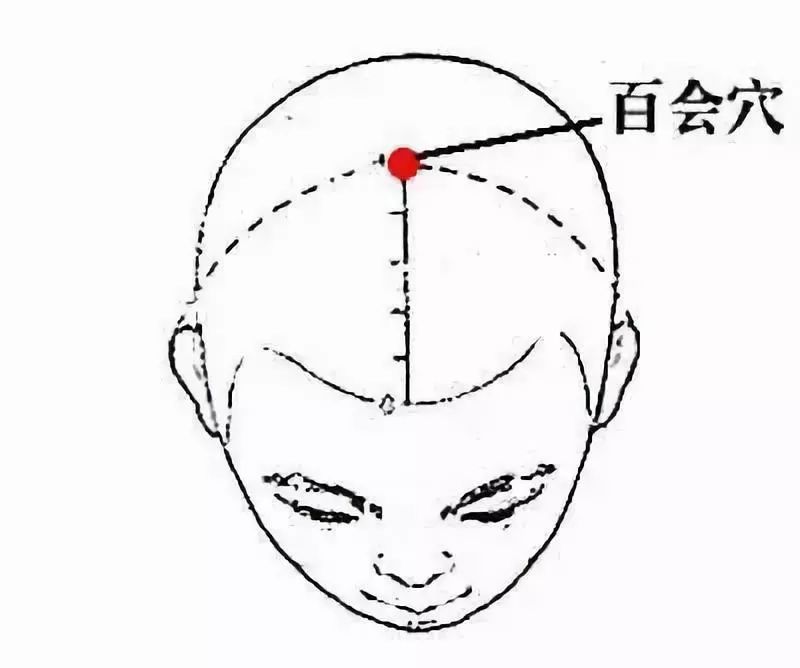
Massaging the Baihui point can relax the brain’s nerves, open the orifices, revive Yang, and stabilize the body, alleviating dizziness, headaches, tinnitus, nasal congestion, and other cold symptoms, while also benefiting brain blood vessels and preventing strokes.
2. Behind the Ear: Yifeng (Wind Screen) Point, Fengchi (Wind Pool) Point
The area behind the ear is often overlooked in hygiene, but it contains several acupoints near the occiput.
For example, the Yifeng and Fengchi points can transform the circulating Qi and blood into Yang heat, alleviating symptoms of stiff neck, insomnia, eye fatigue, and stroke.
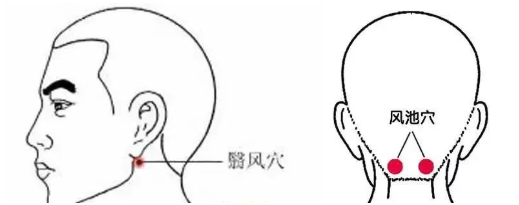
3. Underarm: Jiquan (Extreme Spring) Point
As temperatures rise, sweating increases, and body odor may intensify. The underarm area, with its developed sweat glands, is one of the most odor-prone and germ-harboring areas, so it should not be neglected during bathing.

The Jiquan point, located at the top of the armpit, belongs to the Heart Meridian. Moderate massage of the armpit can help clear Heart fire, open the chest, regulate Qi, improve sleep, and alleviate symptoms like palpitations and chest tightness.
4. Elbow Pit: Quchi (Pool at the Bend) Point
The elbow pit is where the Heart Meridian, Pericardium Meridian, and Lung Meridian pass through. Rubbing the elbow pit can help clear the meridians and promote Qi and blood flow, maintaining heart and lung health.
The outer side of the elbow pit also contains the Quchi point, which can help regulate blood pressure and alleviate fever symptoms.
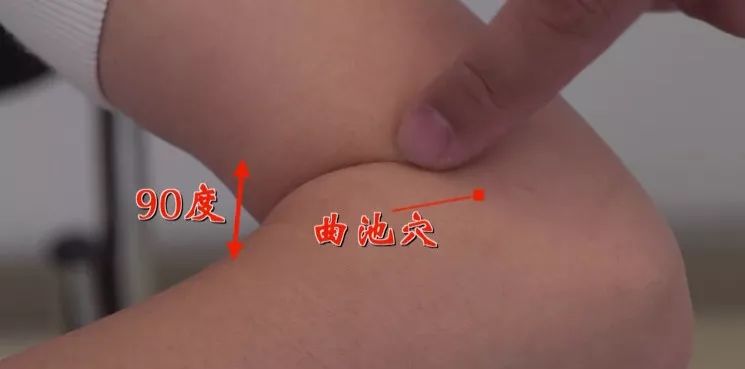
5. Navel: Zhongwan (Middle Cavity) Point
The navel is closely connected to the stomach and digestive system. Massaging around the navel in a clockwise direction can promote intestinal peristalsis and aid digestion.
About 4 inches above the navel is the Zhongwan point; massaging it for about 5 minutes can help regulate stomach Qi and strengthen the spleen to aid digestion.
6. Knee Pit: Weizhong (Middle of the Crook) Point
The knee pit is one of the dirtiest areas on the leg and is connected to most leg muscles. Rubbing the knee pit can relieve leg fatigue, prevent varicose veins, and alleviate joint pain.
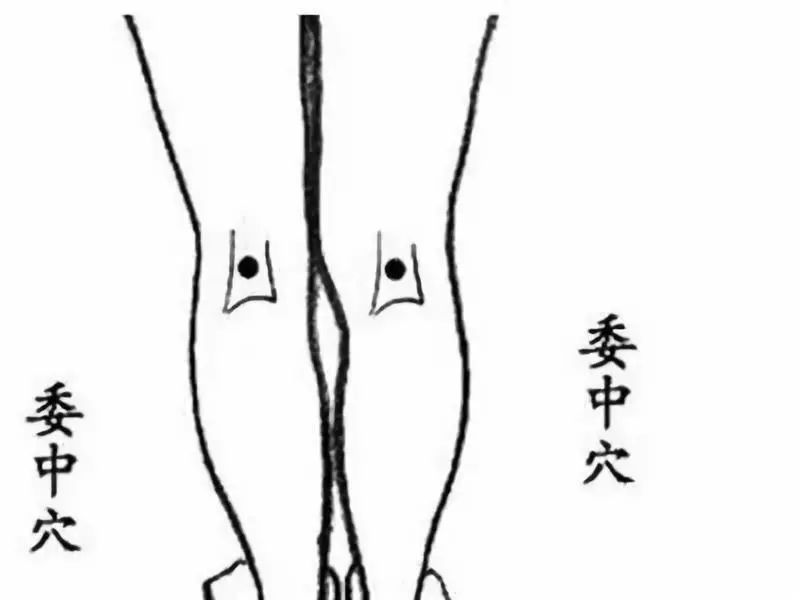
The Weizhong point, located at the center of the knee pit, is associated with the Liver Meridian, Kidney Meridian, and Bladder Meridian, benefiting kidney health, consolidating Yang, and promoting diuresis.
7. Sole of the Foot: Yongquan (Gushing Spring) Point
The feet are considered the “second heart” of the body, with twelve meridians and multiple acupoints converging at the soles. The Yongquan point, located at the center of the sole, is regarded as the first point of the Kidney Meridian.
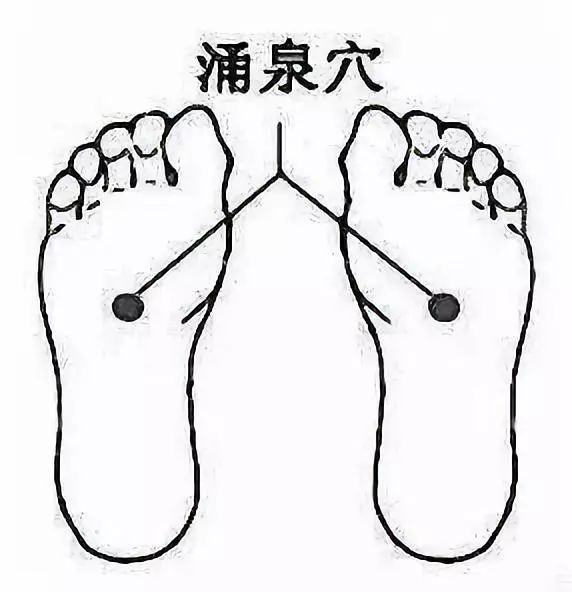
Massaging the Yongquan point not only relaxes the entire body but also regulates menstruation, invigorates blood circulation, replenishes Kidney Yang, and improves sleep.



